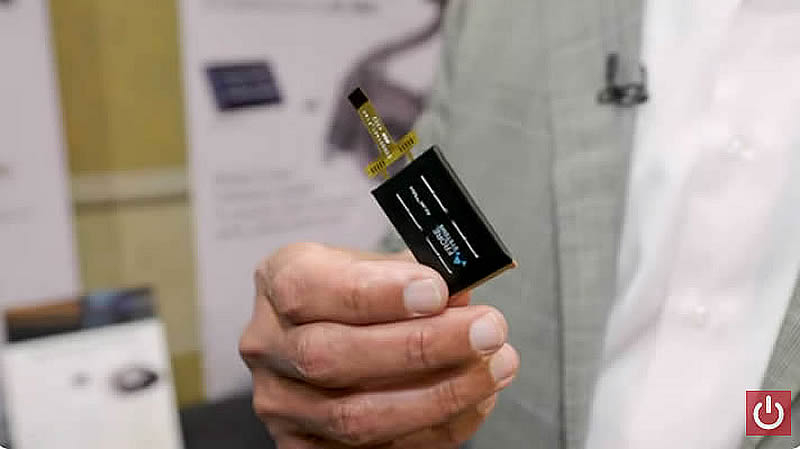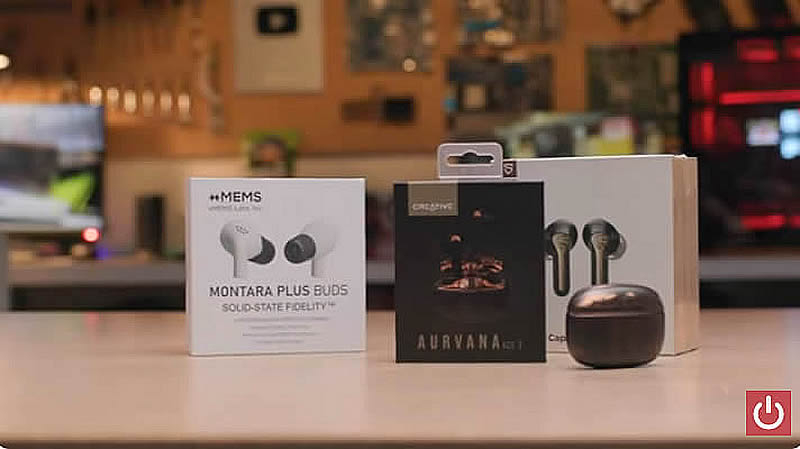Following Frore Systems AirJet, another player has appeared on the market offering new solid-state chip cooling technology. xMEMS has introduced the XMC-2400, a microelectromechanical cooling chip (MEMS) designed for smartphones, tablets and SSDs.

Image Source: PCWorld/YouTube
XMEMS has announced the XMC-2400 µCooling microchip, which, while not a direct competitor to Frore Systems’ AirJet ultrasonic laptop CPU coolers, is aimed at mobile devices and SSDs, putting the XMC-2400 on par with the AirJet Mini Slim and future developments from Frore. At the same time, xMEMS also announced plans to scale its miniature cooling chip to larger and more powerful solutions, PCWorld reports.
Traditional methods of cooling semiconductors are divided into passive (heat sinks that remove heat using metals such as copper and aluminum) and active (usually using forced air flow from a fan). Active cooling is generally more efficient, but fans and heat pipes take up a lot of space and are expensive.
Microelectromechanical systems take advantage of both approaches. They are compact and easily connect to the outside of an existing chip, and are also more effective than passive cooling because they use a vibrating membrane as a kind of fan, drawing in cold air, passing it through the heated surface of the chip body and pushing the hot air out.
The basic idea is that no matter how fast a chip is, it cannot operate at maximum power for long periods of time. Turbo mode usually lasts no more than a few seconds, meaning that chip frequency itself is not the limiting factor for performance, says xMEMS. The limiting factor is cooling.
«With each generation of processors, regardless of vendor, such as ARM, Intel, Nvidia and others, the balance between performance and power consumption improves, says Mike Housholder, vice president of marketing and business development at xMEMS. “However, at the system level, we were unable to achieve maximum silicon performance characteristics for a long time due to difficulties in heat dissipation. But now performance is no longer limited by the capabilities of the silicon itself, although the challenge of thermal management is increasing rather than decreasing.”
XMEMS differs from Frore Systems in its approach to creating cooling chips, the secret of which lies in xMEMS’s experience in the development and production of MEMS devices, not for cooling, but for miniature speakers, which are used, in particular, in the Creative Aurvana Ace 2 headphones. In addition, , Frore’s smallest AirJet Mini Slim chip measures 27.5 x 41.5 x 2.5 mm, while xMEMS’ XMC-2400 measures just 9.26 x 7.60 x 1.08 mm.

Image Source: PCWorld/YouTube
According to Householder, the transition from using MEMS membranes to reproduce sound to using them to cool chips was “natural.” “In some ways, since the founding of the company, we’ve had this idea in our head that once we can get sound out of an ultrasonic transducer, a by-product of that could be a cooling product. Now this is what we are announcing. Householder said. “It’s actually the same piezo-MEMS platform, but reimagined so that instead of generating audible sound to play music, it now generates airflow.”